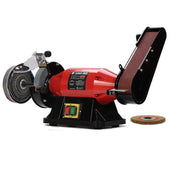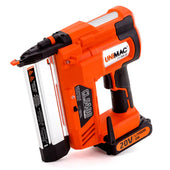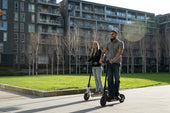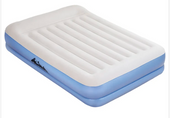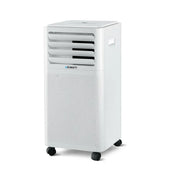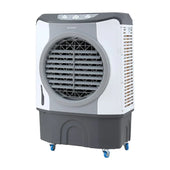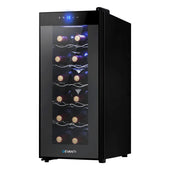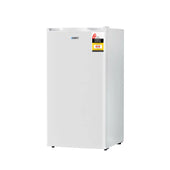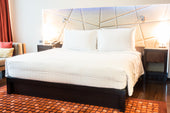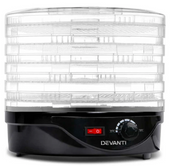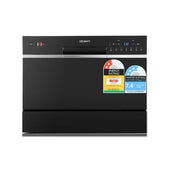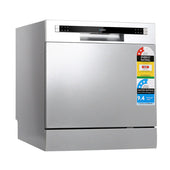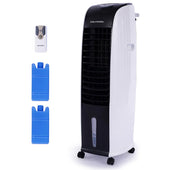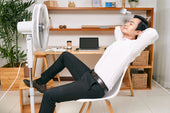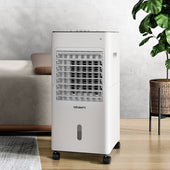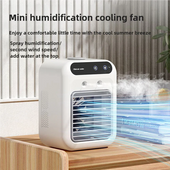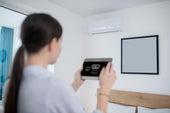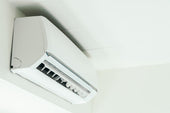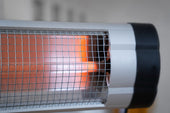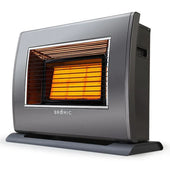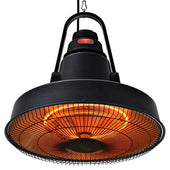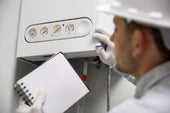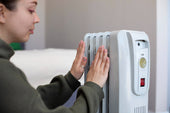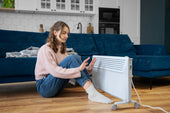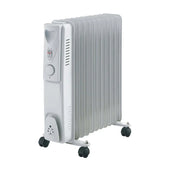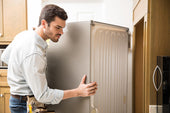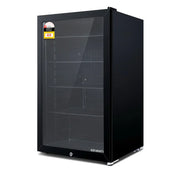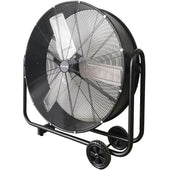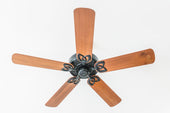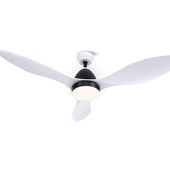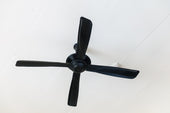What Are Massage Chairs and How Do They Work?
Massage chairs are specialised furniture designed to emulate professional massage techniques for relaxation, stress relief, and muscle recovery. They use integrated technology, combining mechanical rollers, airbags, and vibration systems to target specific areas of the body.
Key Components of Massage Chairs:
- Roller systems: Mimic hand movements to knead muscles.
- Airbag systems: Inflate and deflate to apply dynamic pressure.
- Heat therapy features: Promote blood circulation and relaxation.
Most models incorporate programmability, allowing users to customise massage types and intensity. Sensors scan the body, ensuring targeted relief. Advanced chairs adapt to individual needs, delivering therapeutic benefits effectively, all from the ease of home.
The Science Behind Massage Chair Benefits
Massage chairs leverage a combination of mechanical and technological innovations to simulate therapeutic massage techniques. These devices stimulate blood circulation by manipulating soft tissues, During Days which helps to increase oxygen and nutrient flow to muscles. They also activate pressure points using rollers, airbags, and heaters to reduce muscle tension and improve flexibility.
On a neurological level, massage can trigger the release of endorphins, the body's natural painkillers, while reducing cortisol levels linked to stress. The motion of massage mimics manual therapy methods, such as shiatsu or Swedish massage, targeting trigger points to alleviate pain. The integration of these features delivers both physical and mental health benefits efficiently.
Stress Relief: How Massage Chairs Aid Relaxation
Massage chairs effectively alleviate stress by replicating techniques used in professional massages. Features like kneading, rolling, and tapping are designed to target tension-filled areas, helping to release built-up stress. Advanced models often include heating elements, promoting muscle relaxation and improving circulation.
The reclining positions further boost relaxation by reducing spinal pressure. Zero-gravity settings align the body to ease strain, creating a weightless sensation.
Additionally, regular use can stimulate endorphin release, improving mood and reducing anxiety. Quiet operation and adjustable intensity ensure custom comfort, turning an everyday experience into a therapeutic retreat.
Pain Management: Addressing Muscle and Joint Discomfort
Massage chairs provide targeted relief for muscle and joint discomfort by utilising advanced techniques that mimic professional massages. They can:
- Reduce muscle tension: Built-in rollers and airbags gently knead muscles, releasing knots and easing stiffness.
- Promote blood circulation: Heat therapy and rhythmic pressure enhance circulation, alleviating inflammation and soreness.
- Relieve joint pain: Certain models focus on problem areas like the lower back or knees, using specific movements to improve mobility.
By stimulating acupressure points, they trigger the body’s natural pain-relief mechanisms, such as endorphin release. The variety of settings allows users to personalise their experience, ensuring effective comfort for individual needs.
Posture Improvement Through Regular Massage Therapy
Regular use of massage chairs can support better posture by addressing common issues caused by prolonged sitting or improper alignment. Poor posture often leads to muscle imbalances, stiffness, and back pain. Massage therapy loosens tight muscles, enhances blood circulation, and encourages spinal alignment by targeting areas prone to tension, such as the neck, shoulders, and lower back.
Key benefits include:
- Muscle Relaxation: Relieves tension in postural muscles to reduce slouching.
- Spinal Support: Promotes natural alignment by reducing stress on the spine.
- Improved Awareness: Encourages mindful posture habits by alleviating discomfort.
Consistent use reinforces proper body mechanics for long-term physical well-being.
Boosting Circulation and Enhancing Physical Recovery
Massage chairs play a significant role in improving blood circulation, which is essential for transporting oxygen and nutrients throughout the body. They utilise techniques such as kneading, rolling, and compression to stimulate the release of blood from tense, muscular areas. Enhanced circulation can help reduce swelling, ease pain, and promote the removal of metabolic waste, facilitating quicker recovery after physical activity.
Key benefits include:
- Muscle Relaxation: Reduces tension in the muscles, improving elasticity and preventing stiffness.
- Pain Relief: Improves blood flow to injured areas, aiding the body’s natural healing process.
- Inflammation Reduction: Helps decrease fluid build-up by enhancing lymphatic drainage.
These therapeutic effects are especially beneficial for athletes or those with physically demanding routines.
Mental Wellbeing: The Psychological Benefits of Massage Chairs
Massage chairs promote mental wellbeing by alleviating stress and anxiety. Regular sessions help lower cortisol, the hormone linked to stress, while simultaneously increasing serotonin and dopamine levels, which enhance mood. These physiological changes can lead to improved mental clarity and focus.
Many people experience an elevated sense of relaxation, as the repetitive motions of a massage chair mimic therapeutic techniques that soothe the nervous system. It can also aid in better sleep quality by calming the mind and body. For individuals with high-stress lifestyles, these psychological benefits serve as a valuable resource for emotional balance.
Can Massage Chairs Replace Traditional Massage Therapists?
Massage chairs offer advanced features like shiatsu, kneading, and rolling techniques that simulate manual massages. They provide convenience, consistency, and immediate access to stress relief. However, traditional massage therapists offer a personalised approach tailored to an individual's specific needs, muscular issues, and overall health.
Therapists use hands-on techniques to identify knots, tension areas, and unique problem spots, adjusting their methods in real-time. Massage chairs, while highly sophisticated, lack the human intuition and adaptability to respond dynamically.
Additionally, therapists often incorporate modalities such as aromatherapy or guided breathwork, which enhance the overall experience. Massage chairs serve as a complementary tool but cannot entirely replicate therapist expertise.
Long-Term Health Benefits of Incorporating a Massage Chair
Using a massage chair regularly can provide significant long-term health benefits. These include improved circulation, which enhances oxygen and nutrient delivery to cells, promoting better overall body function. For those dealing with chronic pain, a massage chair can aid in reducing muscle tension and joint discomfort, offering consistent relief over time.
Stress reduction is another critical benefit, as ongoing use of a massage chair may lower cortisol levels, supporting mental health. Additionally, improved posture is fostered through the targeted relaxation of tight muscle groups. Enhanced flexibility and mobility can also be observed, supporting physical activity and preventing injuries.
How to Choose the Best Massage Chair for Your Needs
Selecting the ideal massage chair requires careful consideration of individual preferences and functional features. To make an informed choice, one should evaluate the following aspects:
- Massage Techniques: Ensure the chair offers desired techniques, such as kneading, shiatsu, or tapping.
- Adjustability: Look for adjustable intensity levels and customisable massage programmes.
- Body Scan Technology: Consider chairs with body scan features for targeted and personalised massages.
- Size and Space: Measure available space and check the chair’s dimensions, especially for recliners.
- Additional Features: Explore extras like heat therapy, zero gravity positioning, or Bluetooth connectivity.
By weighing these factors, individuals can pinpoint a chair that aligns with their unique requirements and lifestyle.



